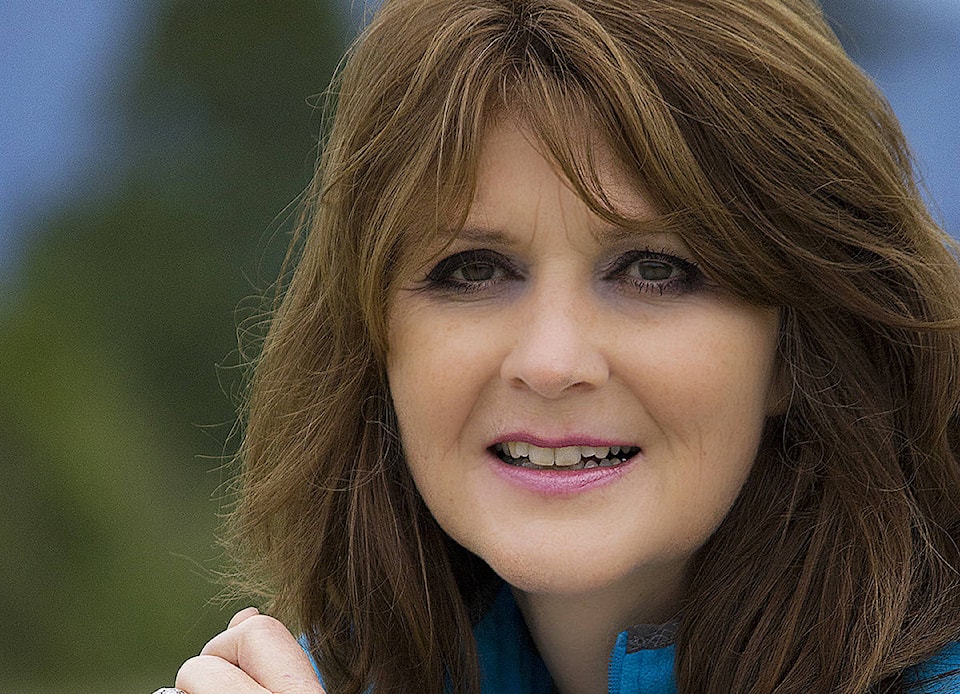When the government announced the new child care program, I was hopeful that my kids would be getting some relief, as were my son and his wife, who presently pay $1,185 per month for their child to be in a full-time, licensed daycare.
However, any hope for this is now on hold, as their daycare operator has joined their colleagues in holding off on opting into the program, due to the confusion and skepticism that has grown from the way that the government is implementing its fee reduction program, which, at this point, seems to be the beginning of the end of for-profit daycare operations.
I attended a meet and greet with Opposition Leader Andrew Wilkinson, just after B.C. Budget 2018 was unveiled by the government, and there were child care operators in attendance raising their concerns about the new fee reduction program.
Three for-profit daycare owners outlined that they had each invested over a million dollars in capital expenses, had payrolls ranging from $20,000 to $45,000 per month and employed between 22 and 47 staff at multiple sites.
Yet, they all stated that they could not consistently draw a wage, as the profit margin was slim. In order to run their business, they rely on base funding from the government. Yet it is unclear at this point if that funding will be available to them in the future if they do not opt into the new program.
The contract that they are being asked to sign is for one year, which also provides an element of uncertainty, and has prompted the owners of the child care centres to quickly form an Early Childhood Education Owners’ Association in order to respond to the government’s agenda.
One of the operators, Jenna Goodie, who owns Love 2 Learn Child Care Services, shared a letter with me that she sent to her parents after the government announcement. I believe her following statement captures the sentiment that was shared by each of the operators who spoke to Mr. Wilkinson:
“The creation of Love 2 Learn stems from my passion and love for working with children. I did not receive any funding support from the government to build my centres from the ground up. I took a huge financial risk because I had passion, experience as an ECE and the drive to provide something for the heart of the community, our next generation - the children we as a team are raising. My heart belongs in the childcare industry; it is who I am; it is my livelihood! I can only hope this will not be taken away but am sadly uncertain.”
The uncertainty that Ms. Goodie reflects was shared by the other daycare operators who spoke to Mr. Wilkinson, which, according to them, was born from the fact that what the government announced to the public and what the government proposed in the actual contract that the operators had to sign by April 1 were different.
This uncertainty has prompted the government to extend the date to April 20, but that still does not change the fact that upon reading all of the government literature on the child care plan, the operators have come to the conclusion that the government is heading towards publicly funded, union-based daycares that will put for-profit daycares out of business.
Part of their rationale for this is the fact that the government did not address the issue of wages, which at present are not adequate enough to attract people into the profession of child care, as increases would impact daycare costs to the point of being even more unaffordable.
Ms. Goodie addressed this in her letter to her parents by the following statement:
“If the government does not address the staff wage crisis soon, we are going to see an even bigger decline in quality ECEs forcing childcare centers to shut down or to increase fees to support much needed increased wages. Further promises of the government include the addition of 24,000 child care spaces which is hard to imagine with the major staff shortage.”
According to Emily Mlieczko, executive director of the Early Childhood Educators of B.C., in a letter to the members posted on their website, their organization is working towards obtaining wages of $25 an hour and speaking to the government to that end; a search online currently places the hourly wage at about $18. Yet the government opted to infuse 136 million dollars into training more early childhood development positions, which, although needed, does not address retaining current child care workers, who are typically female, through better wages, promising instead to study this further.
Therefore, it is no wonder that the independent daycare operators are hesitant to sign a contract with the government that is requiring them to cap their fees and be in a position to have to ask for government’s permission to raise fees to cover costs associated with doing business, inclusive of wage increases, while at the same time the government, within its plan, appears to be setting itself up to be the competitor of those same operators.
Government is backing independent, for-profit daycares into a corner long enough for the government to get into the business of daycare and I hope the owners come out swinging. Because even though my son and his wife would benefit from the proposed lower fee, which the for-profit organizations welcome and agree to, they understand that in the long run, if designed properly, the for-profit providers can be a complimentary component within a provincial day care system that meets the needs of all users in a way that will not over burden the taxpayer and continue to respect entrepreneurs, such as Jenna Goodie, who have invested their own money, along with their hearts and souls into ensuring day care services are provided to B.C.’s children.
Cheryl Ashlie is a former Maple Ridge school trustee, city councillour,
constituency assistant and current
citizen of the year.
